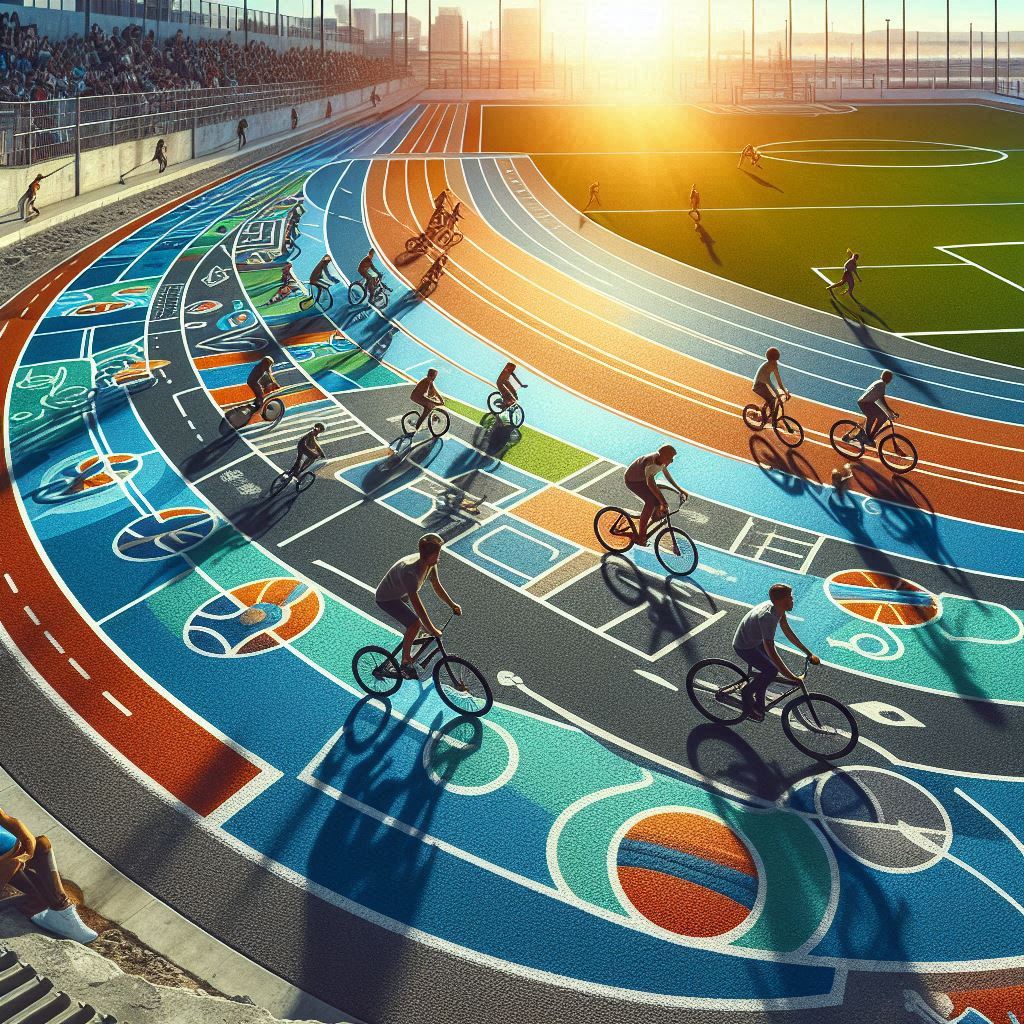When it comes to building a durable and high-performance cycle track, the choice of materials and surfaces plays a pivotal role. A well-constructed cycling track not only enhances the riding experience but also ensures safety, weather resistance, and longevity. Whether for professional racing tracks, urban commuting paths, or recreational trails, selecting the ideal cycle track materials is crucial.
Key Factors in Choosing Cycle Track Materials
The foundation of a reliable cycle track starts with the right base material. Typically, the base layer is made from compacted crushed stone or asphalt to provide strength and stability. This layer supports the upper surface and is responsible for maintaining the track's structural integrity over time. Good drainage is also essential to prevent water accumulation, which can lead to surface degradation and safety hazards.
Asphalt is one of the most commonly used materials due to its affordability, smooth finish, and adaptability to different weather conditions. However, in areas with high temperature fluctuations, concrete might be preferred because of its superior resistance to thermal cracking.
For more eco-conscious developments, recycled materials such as rubber or permeable pavers are gaining popularity. These options not only reduce environmental impact but also allow better water infiltration, minimizing surface runoff and erosion.
Popular Cycle Track Surfaces
The surface layer is where the cyclist makes direct contact, making it critical to rider comfort and safety. Depending on the intended use—racing, leisure, or commuting—the cycle track surfaces may vary.
Acrylic-coated surfaces are increasingly popular for both indoor and outdoor tracks due to their vibrant color options, slip resistance, and UV stability. They offer a seamless riding experience with minimal maintenance and are especially suitable for high-speed racing environments.
Another widely used surface is polymer-modified asphalt. This provides enhanced flexibility, skid resistance, and durability, making it ideal for urban cycle tracks that endure high usage and varied climates.
In natural settings like parks or nature reserves, crushed stone or stabilized gravel surfaces blend aesthetically with the surroundings while offering moderate traction and drainage. Though not as fast or smooth as asphalt or acrylic, they’re perfect for leisure cycling and environmental sustainability.
Safety and Maintenance Considerations
Regardless of the material or surface type chosen, routine maintenance is essential to extend the track's life and ensure safety. Cracks, potholes, or surface wear can lead to accidents and increased repair costs if not addressed promptly. Anti-slip coatings and clear markings further enhance safety, especially in areas with curves or intersections.
Conclusion
Designing a functional and durable cycle track involves more than just laying down pavement. It requires thoughtful planning, material selection, and surface application tailored to the specific usage of the track. By investing in the right cycle track materials and cycle track surfaces, cities and developers can provide

